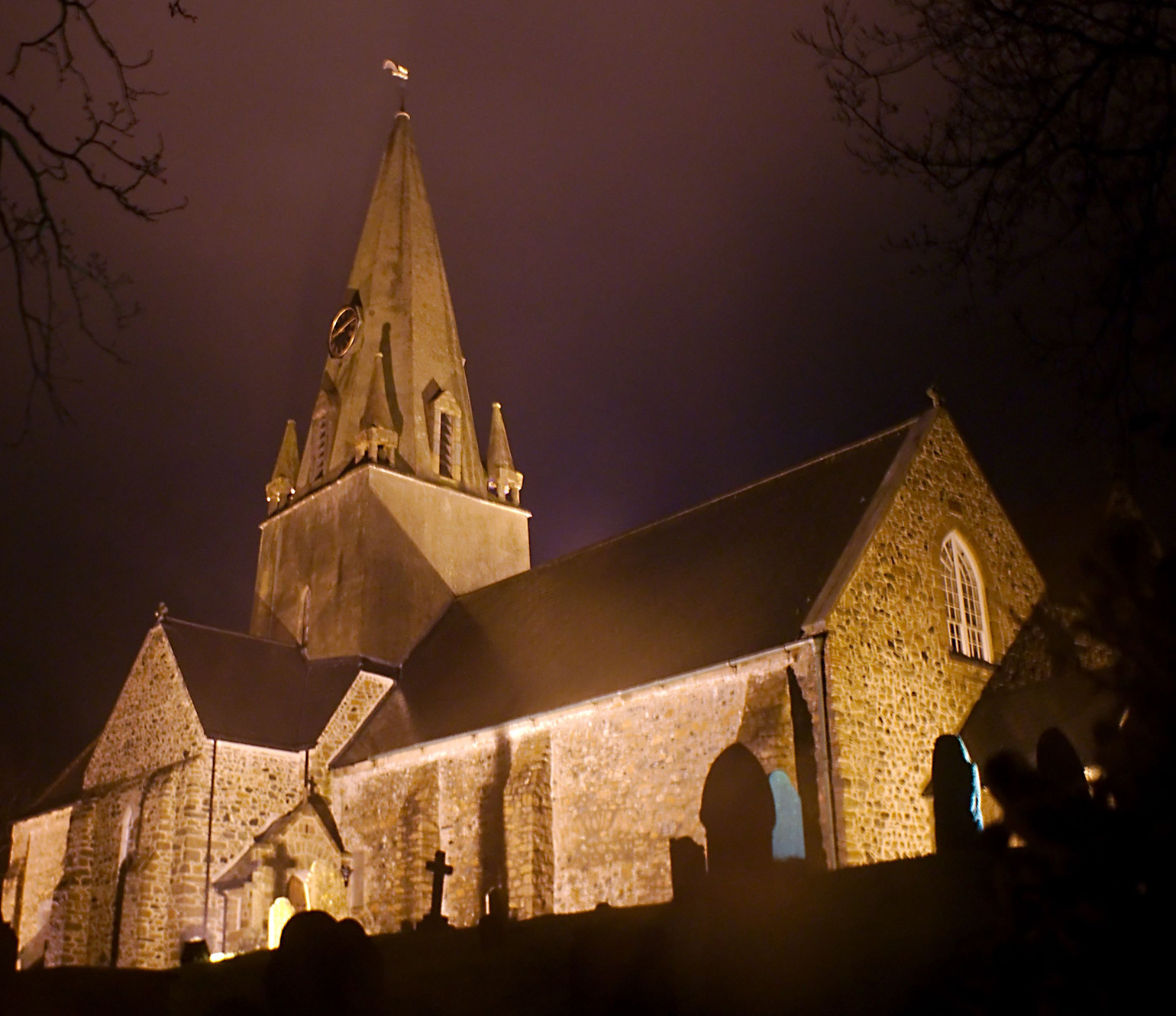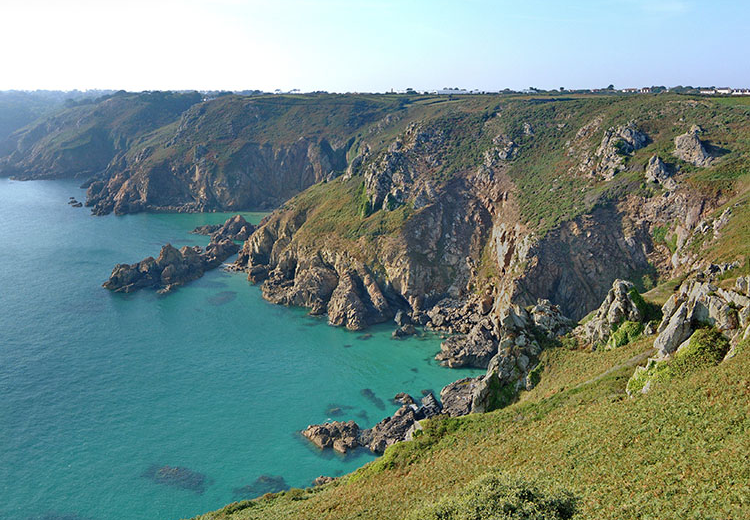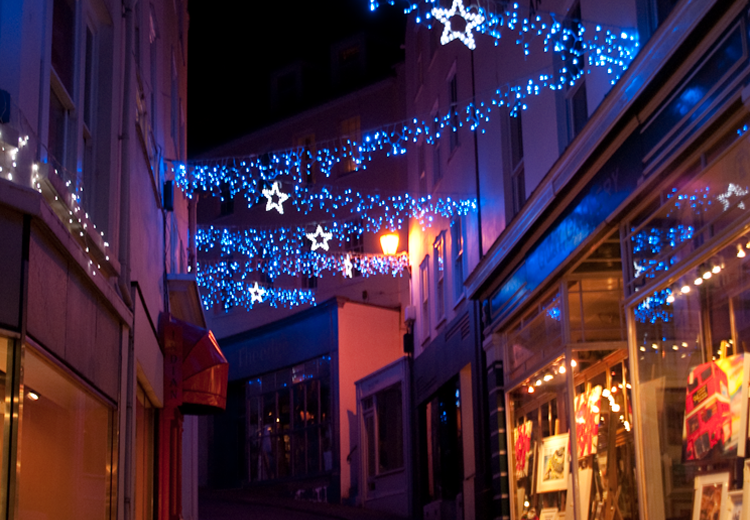Vale is the most northerly of Guernsey’s parishes and was divided by the sea at the Braye du Valle until the channel was drained in the 19th century (See Focus on St Sampson). The parish now consists of two non-contiguous areas and is the second largest in terms of size and population.

Vale parish church, St. Michel du Valle, dates from the 12th Century, however, like a number of the parish churches in Guernsey, it is thought it was built on the remains of a pagan site since there are remains of a dolmen outside. The site of the church makes it a perfect landmark for seafarers as there are many points in the North of the Island from which one can see it. Prior to 1806 the church was reached by boat at high tide, the Braye du Valle having yet to be drained.
There are a large number of burial sites within the parish and perhaps just as many theories as to why this might be the case. It could be that the separation of the Braye might have made the smaller island more sacred, alternatively it may have been more difficult to remove the stones compared to the larger island. The more prominent burial sites are Le Déhus Dolmen, Les Fouillages and La Varde.
Le Déhus Dolmen is of interest because of its remarkable carving. On one of the capstones in the main chamber, and there are four in all, there is a carved figure called, 'Le Gardien du Tombeau' (custodian of the tomb), that was discovered in 1916 and is thought to be prehistoric in origin.
Les Fouillages is possibly the earliest of Europe’s historic sites. The site was discovered in the 1970s and archaeologists have found evidence of human activity dating from 6,500 to 6,000 years ago. Evidence also suggests it was used in several ways over its lifetime, including as a tomb, a place of worship, and as a boundary marker.
La Varde is the largest surviving megalithic structure in Guernsey. Local historian Berry wrote of La Varde in 1814 as:
composed of five cumbent stones, decreasing in size from about twenty-five to ten tons in weight, covering an area twenty-nine feet long, and nearly twelve feet wide at the western edge, which is semicircular, narrowing to an entrance at the east, of about eight feet
Later excavation found skeletal remains, pottery and shards of more than 150 urns which suggest the tomb was in use from 3,500BC until 2,000BC.
Much of the north of the parish is formed by L’Ancresse Common. The Common is the largest area of open land on the Island, 50% of which is devoted to a golf course. It is surrounded by a number of beaches including Pembroke and L’Ancresse. It is also home to fortifications, both Napoleonic and German, and a shooting range.








